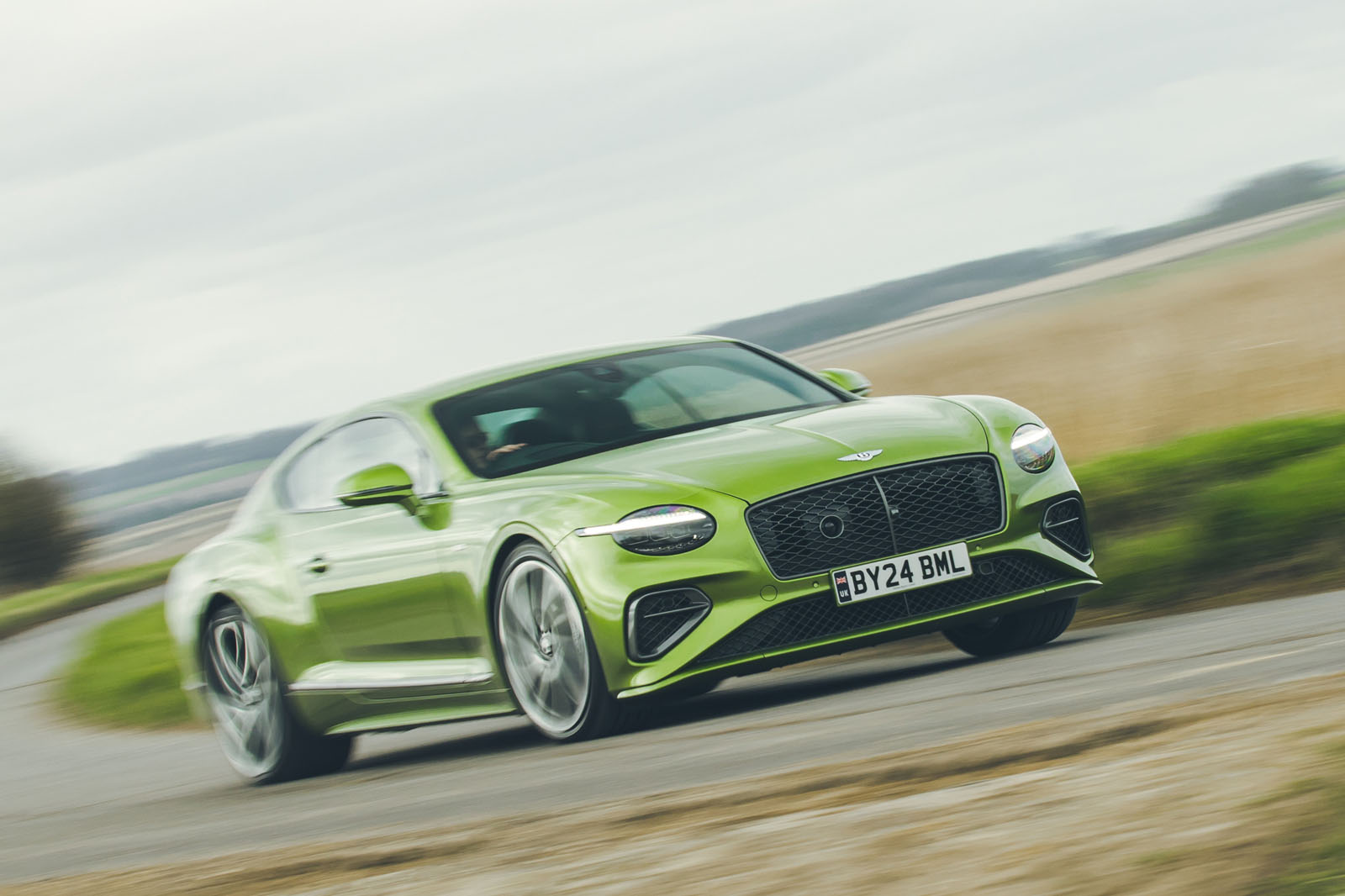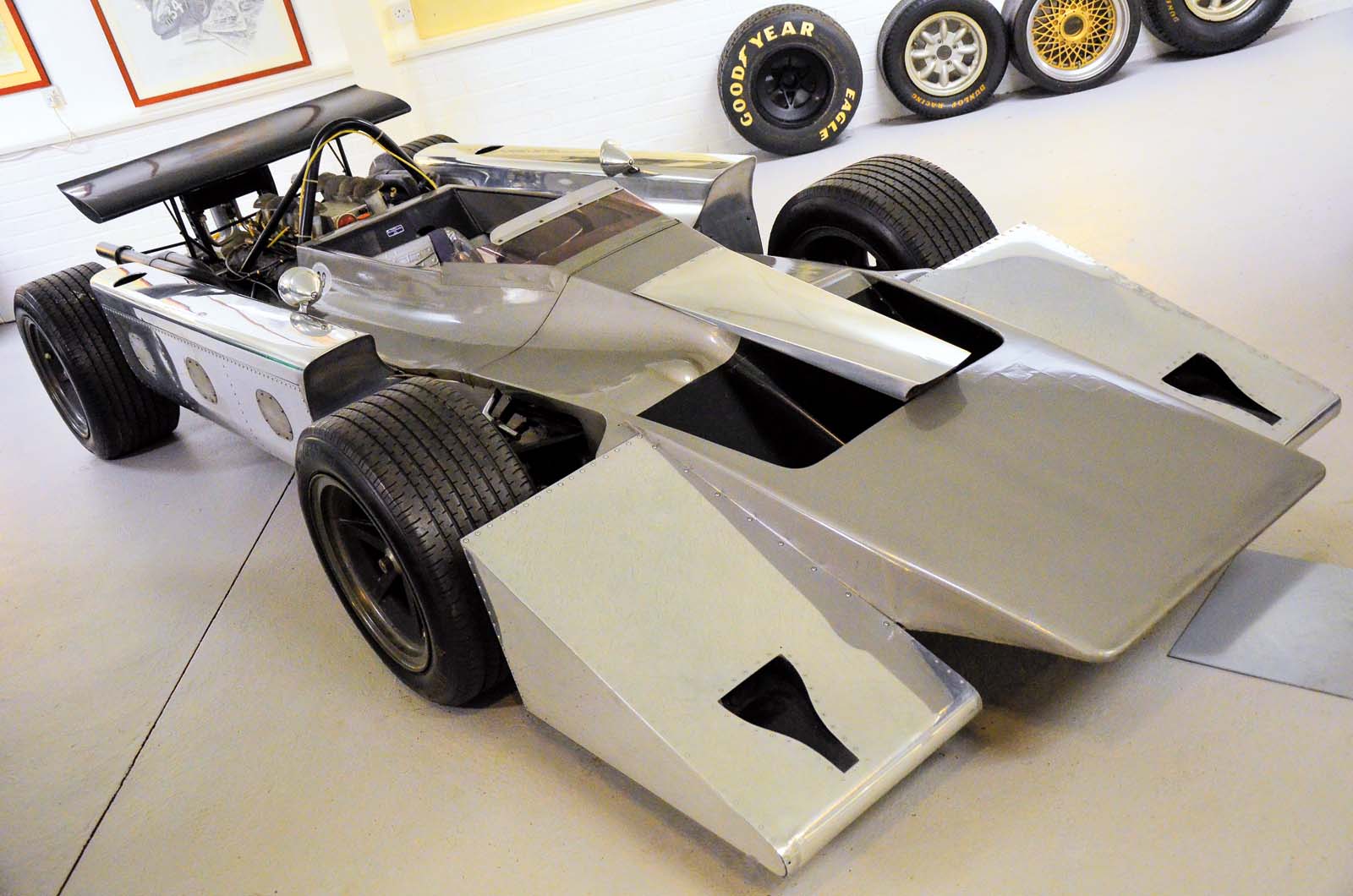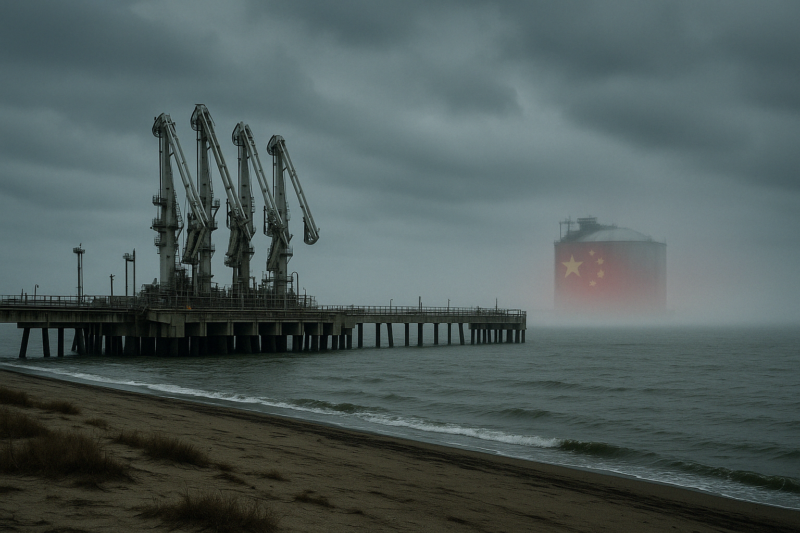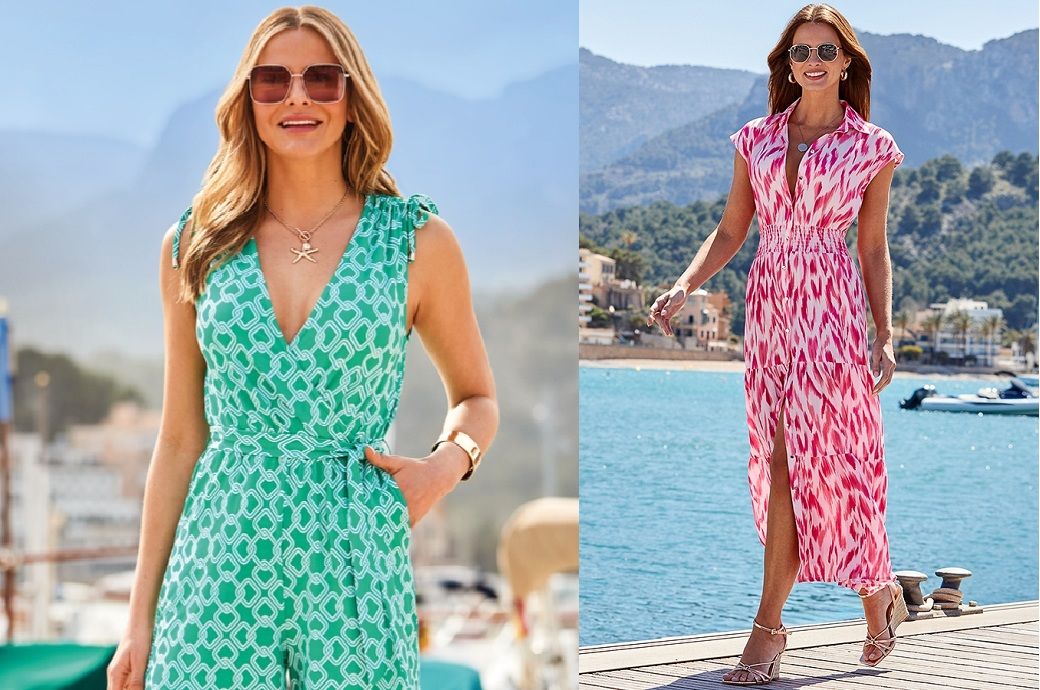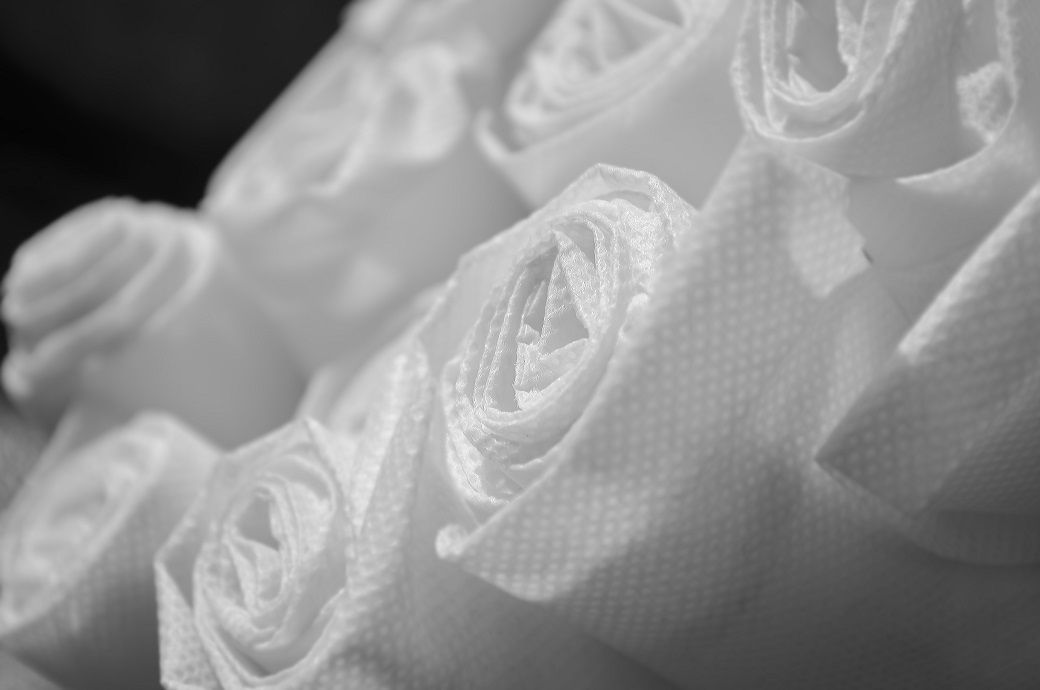Battle of the Big Reds: Merlot vs. Malbec
These bold red grapes are similar in style and appeal, but winemakers will still throw down on the topic of which reigns supreme. [...] Read More... The post Battle of the Big Reds: Merlot vs. Malbec appeared first on Wine Enthusiast.
The battle of Merlot and Malbec is defined by extreme differences. Malbec thrives in Southern France and South America’s sunny climates, while Merlot prefers Bordeaux’s fog-slicked vineyards.
Merlot is responsible for some of the last century’s most famed wines (heard of Petrus?), but it has suffered through a recent rough patch—the Sideways effect. Malbec, on the other hand, exploded in popularity in the 1990s and has been on the up-and-up ever since.
Merlot is suave and sultry, Malbec is inky and powerful. “Malbec offers bold flavors of blackberry, plum and chocolate and a smooth, velvety texture, making it appealing to those who enjoy rich, full-bodied wines,” says Logan Turner of Armour House and Pogo in Birmingham, Alabama. “On the other hand, Merlot is known for its softer tannins, juicy red fruit notes and easy-drinking nature—more appealing to a wider range of palates.” Turner considers Malbec to be more of a food wine, while Merlot a standalone star.
Both French-born grapes are now big, bold, globe-trotting reds. So, which should take top billing? To make the final call, we let winemakers and sommeliers from both sides duke it out.
The Grapes: A Blender’s Best Friend vs. A Soft, Subtle Soloist
Merlot, the second-most planted varietal in the world, is highly desired as a blending grape. Its sensual texture and supple tannins play a mean backtrack to Cabernet Sauvignon’s lead vocals.
“Merlot is that rare grape that can shine on its own, play well with others—just look at Bordeaux blends or Super Tuscans—and pair effortlessly with a variety of foods,” says Megumi Calver, sommelier and founder of wine events company Merobebe.
Real fans of the grapes will argue that Merlot can make it as a solo artist.
“Merlot has a beautiful acidity when picked on time,” says Marcia Torres Forno, winemaker for Santa Rosa, California Merlot house Matanzas Creek. “The wine has a supple texture, gorgeous ruby color and an exquisite finish, all elevated by natural acidity. I find it more elegant than Cabernet Sauvignon.”
But Merlot suffered a setback a few decades ago (“Damn you, Paul Giamatti!” laughs Justin Mueller of Choy Nashville.) Plus, it continues to get confused with its cousin, Cabernet Sauvignon. For some, that’s not a fault—it means good Merlot can be a great deal.

“Merlot is often a fraction of the price of Cabernet,” Mueller says. “It ages just as well, and older bottlings are readily available. We feature a vertical of Pride Mountain Vineyards’ Merlot going back to 2008. These wines are still youthful and full-fruited, like chewing a cigar amongst redwood trees.”
Malbec shares a lot of the similar fruit expressions to Merlot, but both interpret them through different lenses.
“Merlot tends to offer a more complex profile—lighter in color but with greater structure,” says Gustavo Hörmann of Mendoza’s Kaiken, which sits in the shadow of the Andes. Meanwhile, he finds Malbec puts forward clean, fruity expressions and soft, silky tannins.
But that’s a generality—Malbec is a shape-shifter. It can be tannic and unctuous or floral and fresh. “Nuances can range from floral to spicy, depending on the growing region,” says Pablo Cúneo, the chief winemaker of Mendoza’s Luigi Bosca.
“I think the most appealing characteristic of Malbec is its kindness, softness and purity in the fruit character,” Cúneo says. “These are characteristics that make Malbec a highly attractive variety.”
The Regions: Bordeaux (and Beyond) vs. Sunny South America
Both of these varieties play in the New World and Old. Historically, Merlot shone brightly in cool-climate regions, like the right bank of Bordeaux. Malbec has been linked to loving warm-weather climates, like Mendoza, Chile and Cahors.
Those aren’t strict guardrails. Merlot loves clay soils, like those found on Bordeaux’s Right Bank, but beyond that consideration, the grape can thrive in both warm and cool regions. Excellent examples of Merlot are being made in Italy (Ornellaia, Masseto), France (Cheval Blanc, Petrus), California (La Jota) and Washington (Northstar).
“It’s easy to point to areas like Pomerol, Fronsac and St. Emilion as the apotheosis of Merlot, but there are amazing examples around the world,” says Torrey Grant, a sommelier at Leonetta in New York City and adjunct instructor of wine at Syracuse University.
“Merlot knows no bounds!” says Ben Fine, the senior wine education manager for Jackson Family Wine in California. “While it is classically appreciated for thriving in regions like Bordeaux, France and Napa, its under-appreciated versatility has allowed the grape to call soils around the world home.”
Northstar winemaker David Merfeld (a real Merlot head) finds that the grape does well in a variety of soil types, especially in eastern Washington state’s free-draining silty-sandy soils, where Merlot has become one of the state’s star grapes.
Meanwhile, while Malbec hails from the Southwest of France—and still has a stronghold in Cahors, where it’s known as Côt—the dark-skinned grape has become synonymous with Argentina.
“Malbec shines in Mendoza,” says Cristóbal Undurraga, the wine director at Mendoza’s Doña Paula. He finds the grape loves the thermic oscillation between day to night in his high-altitude Gualtallary site in the Uco Valley. The mild days and cool nights allow it to maintain freshness until harvest. “The Malbec has been elegant, fresh and crunchy, with distinctive character and great drinkability.”

Malbec can also thrive in a variety of soils.
“Malbec is a variety that is very transparent about terroir, showing a different profile in each place,” says Cúneo. Luján de Cuyo Malbec shows smoothness, elegance, maturity and fruit character, while the Uco Valley offers fresher aromatic profiles, vibrant acidity and marked tannins.
“When cultivated in short, stoney soils, the plants have a more restrained vegetative expression, more concentrated colors and tannins and an earlier ripeness,” says Cúneo. “When Malbec is cultivated in deeper soils, it produces wines with softer tannins and fresher profiles in general.”
But, as Grant points out, Merlot is equally a product of its environment. “In warmer climates its fruit and floral notes come to the forefront,” he says. “In cooler areas its acidity can be almost propulsive driving across your palate.”
The Verdict
Which variety reigns supreme? That’s a tough decision to make. Both are chameleons—able to bloom and thrive across the world. Comparing the two means squaring up multiple wine regions and many wildly different expressions of each grape.
Fine, of Jackson Family, is on team Merlot. “It’s the Goldilocks effect—the wine is often just right,” he says. “It’s velvety and supple with soft tannins. It can be fruit-forward with surprising acidity, while also showcasing spices and chocolate. It’s not as intense as some bigger reds, but still pairs great with barbecue, steak and Italian.”
“The approachability, versatility and ageability make it an amazing grape to work with,” says Merfeld. “We also get to create some great Malbecs. I love them both for different reasons, but if I was stranded on a deserted island I would want Merlot with me, always.”
Calver points out that some of the world’s most sought-after wines, like Petrus, are Merlot-based. “If that’s not a glowing endorsement of Merlot’s greatness, I’m not sure what is!”
Across the ring, Jhonel Faelner, beverage director at Na:eun Hospitality (Atomix, Atoboy, NARO in New York) sides with Malbec, specifically those grown in the Uco Valley of Mendoza. “While Merlot may have a longer history—and indeed produces some of the greatest wines in the world—Malbec from Argentina is equally as exciting, compelling and downright delicious.”
Turner is into its adaptability. “Malbec’s bold, dark fruit flavors and earthy undertones make it a go-to for hearty meals and cold evenings,” says Turner. “Merlot’s smooth, approachable style and bright red fruit notes make it versatile and easier to enjoy by itself. Personally, I opt for Malbec whether I’m eating or not.”
“I couldn’t say which is better or worse, they are very different,” says Hörmann. “In prestigious regions of France, like Saint-Émilion or Pomerol, Merlot is still the king, which is perhaps why Malbec migrated to Argentina, where, in my opinion, the best Malbecs in the world are produced.”
At the end of the day, both grapes are elegant and expressive in their own ways. Which bottle you’re opening tonight is up to you.
More Red Wine Coverage
- From Napa to the Finger Lakes, Cabernet Franc is finally getting its due.
- Low in alcohol and high in flavor, these lean red wines from the Central Coast are simply delightful.
- Tannat is worthy of more than the attention it receives. These are the bottles to try right now.
- How does a Marsala earn a perfect 100-point rating? We explain.
- German Pinot Noir, known as Spätburgunder, is coming for Burgundy’s crown. These are the German producers and wines to watch.

From the Shop
Find Your Wine a Home
Our selection of red wine glasses is the best way to enjoy the wine’s subtle aromas and bright flavors.
The post Battle of the Big Reds: Merlot vs. Malbec appeared first on Wine Enthusiast.

















